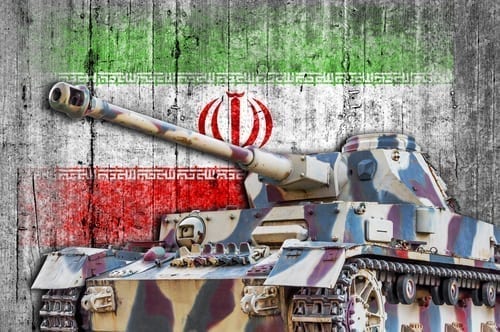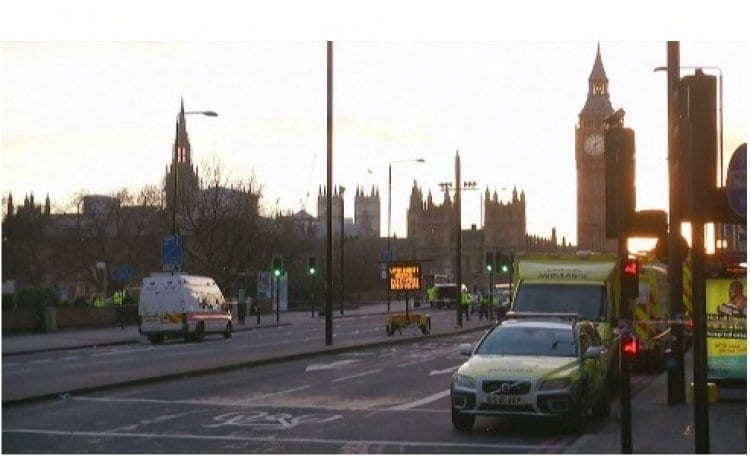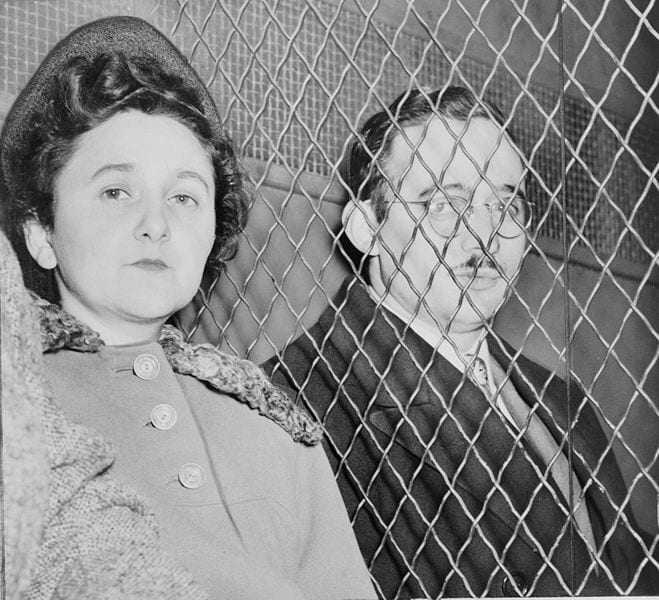Last Thursday evening, the American Air Force, for the first time in history, dropped 'the mother of all bombs' in Afghanistan. The target was a complex underground tunnel system from which innocent civilians had fled, and only ISIS fighters remained.
‘The mother of all bombs' is considered the most powerful conventional bomb of the United States. How powerful is it? It contains about four thousand kilograms of Australian explosives known as H6 which is normally used only for underwater explosions.
The 'mother of all bombs' is a conventional weapon. Although houses two kilometers or more from the site of the explosion were shaking from the shock waves, it doesn’t have the same destructive power as a nuclear bomb. The strength of a bomb is measured compared to tons of TNT. The ‘Mother of all bombs’ is 11 tons of TNT – the bomb dropped on Hiroshima in World War II caused damage equivalent to 16,000 tons (or 16 kilotons) TNT!
However, there is one comparison between nuclear bomb and the mother of all bombs: their radius is similar. The blast radius of the mother of all bombs is about two and a half kilometers – and so is the blast radius of atomic bombs dropped on Hiroshima and Nagasaki.
If it has the same range, why is the ‘Mother of all Bombs’ so much weaker than atomic bombs? The answer lies in the bomb mechanism. The destructive power of a conventional bomb comes from the explosion of the chemicals it charges: no matter how many kilograms of explosives a bomb will have, it is still a chemical reaction. A nuclear bomb, on the other hand releases heat and nuclear radiation by creating a nuclear reaction that releases an infinitely greater amount of energy. A chemical reaction breaks the bonds between atoms – but a nuclear response shatters the neutrons and protons in the core of the atom. That's why one small atom bomb will release energy similar to that of 40,000 conventional bombs.
Another significant difference between the ‘mother of all bombs' and nuclear bombs, is what happens after the shock waves end. A conventional bomb, when the shock waves are over all the destruction has already been done. But a nuclear bomb continues to kill long after the shock waves subsided and the ruins rebuilt.





